The unmanned underwater vehicle, dubbed Manta Ray, was built by Northrop Grumman and will carry out extended missions and deliver cargo to the ocean depths in partnership with the US Defense Advanced Research Projects Agency (DARPA).
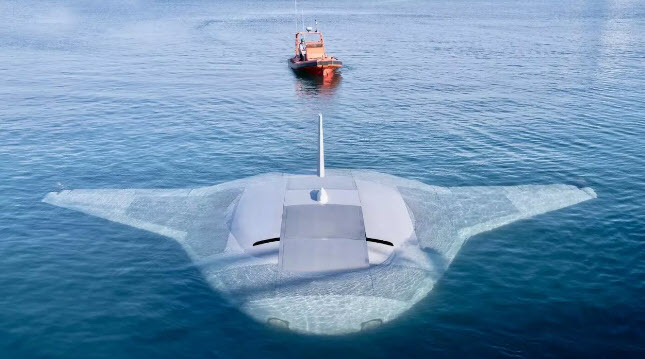
The Manta Ray underwater drone, built by the US military- industrial company, is actually gigantic.
Engineers have assembled an autonomous underwater drone that DARPA plans to use for long-range missions over the ocean.
The Manta Ray drone, modeled after a filter-feeding fish with a diamond-shaped body and wing-like fins, is a large glider designed and built by aerospace and defense company Northrop Grumman that can carry out long, payload-laden missions without the need for a human on board.
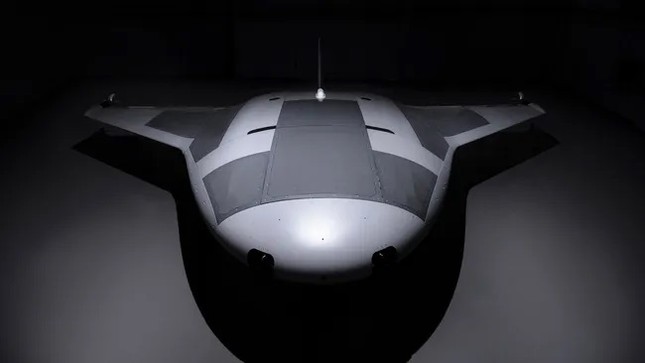
Northrop Grumman has completed assembly of a full-size unmanned underwater vehicle (UUV) prototype called the Manta Ray. (Photo: Northrop Grumman)
DARPA launched the Manta Ray program in 2020 to improve underwater vehicle design, including developing techniques to increase payload capacity and save energy.
The agency initially selected three contractors — Northrop Grumman, Martin Defense Group LLC and Metron Inc — but later selected Northrop Grumman in late 2021. Since then, Northrop Grumman and Martin Defense Group LLC have each developed unique prototypes of unmanned underwater vehicles.
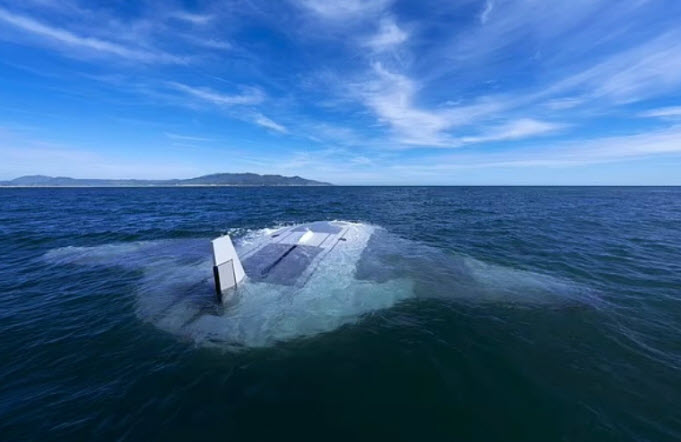
According to manufacturer Northrop Grumman, the Manta Ray UUV prototype has completed comprehensive testing off the coast of Southern California over the past three months.
While the Manta Ray's future mission has not been revealed, Northrop Grumman describes the vehicle as a new class of UUV. The Manta Ray has the advantage of being energy efficient, with the ability to anchor to the seafloor and "hibernate" in a low-power state.
The Manta Ray's easy-to-transport and easy-to-assemble characteristics will support rapid deployment worldwide without taking up valuable space at naval facilities.
“Transporting the vehicle directly to the designated operating location saves energy that the vehicle would otherwise expend during travel,” said Kyle Woerner, Manta Ray program manager at DARPA. The vehicle is designed with multiple payload bays of various sizes and types to undertake a variety of naval missions.
The manufacturer added that the vehicle will be able to perform long-duration, long-range underwater missions without on-site human support. Northrop Grumman revealed that this testing phase focuses on evaluating the Manta Ray's hydrodynamic performance at sea, including the use of all propulsion and steering features such as buoyancy, propellers and control surfaces.
Northrop Grumman's Manta Ray prototype incorporates several unique features to support DARPA's vision of creating "strategic surprise."
These include autonomy, the ability of the device to be transported to support different missions, energy-saving features, and modularity – meaning the design can be disassembled and reassembled. The drone can be shipped in five shipping containers and deployed worldwide.
“The Manta Ray could become an important tool for underwater military operations,” said Kyle Woerner, Manta Ray program manager at DARPA.
According to manufacturer Northrop Grumman, the Manta Ray UUV prototype has completed comprehensive testing off the coast of Southern California over the past three months.
DARPA said it is working with the US Navy on next steps to test and transition the technology. Admiral Lisa Franchetti, the chief of the Navy, has said she sees robotic systems like the Manta Ray and other emerging technologies as a way to bring more people to the battlefield.
Source: https://www.baogiaothong.vn/thiet-bi-ngam-khong-lo-khong-nguoi-lai-manta-ray-cua-my-thuc-hien-nhiem-vu-gi-192240507132814937.htm



















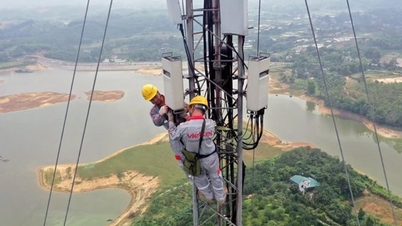



























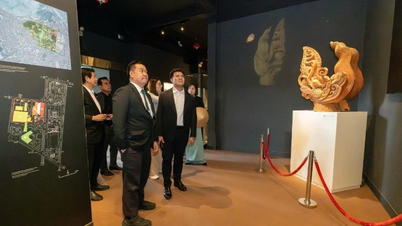






















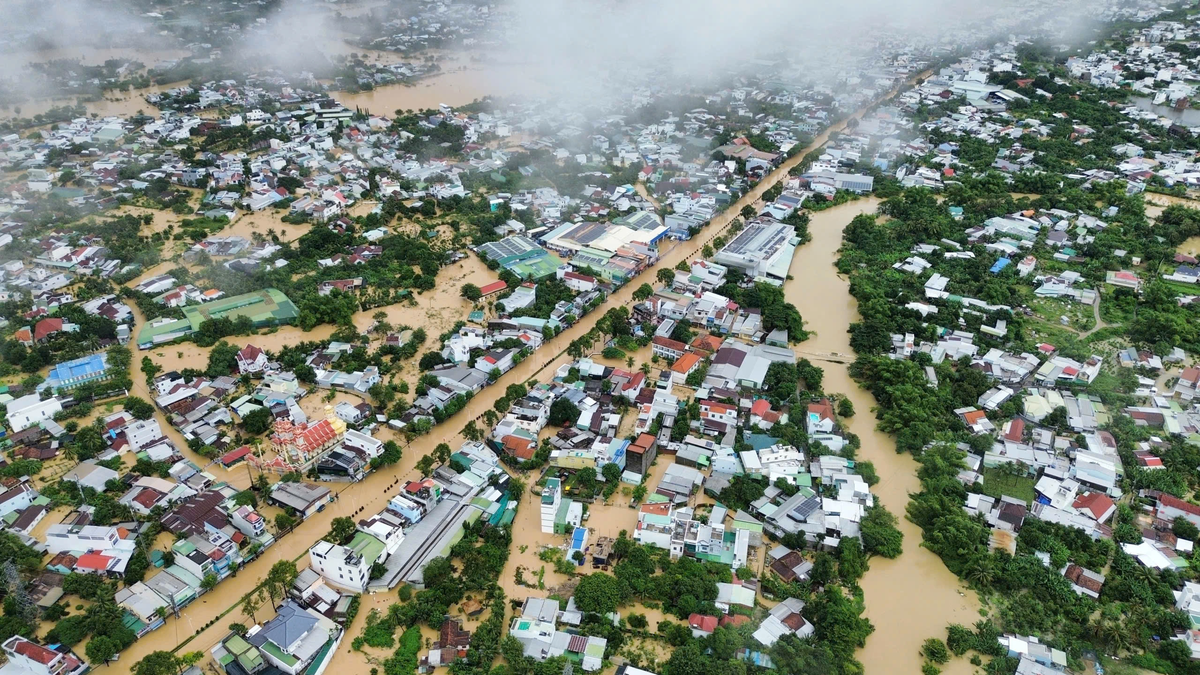







































Comment (0)